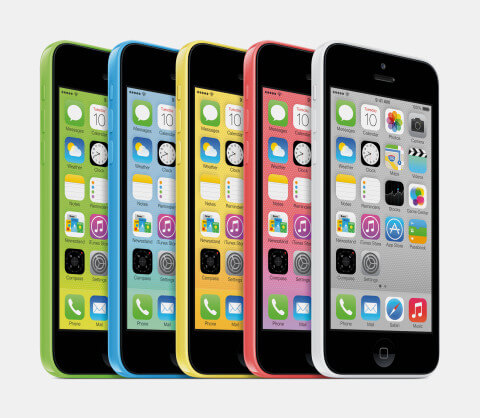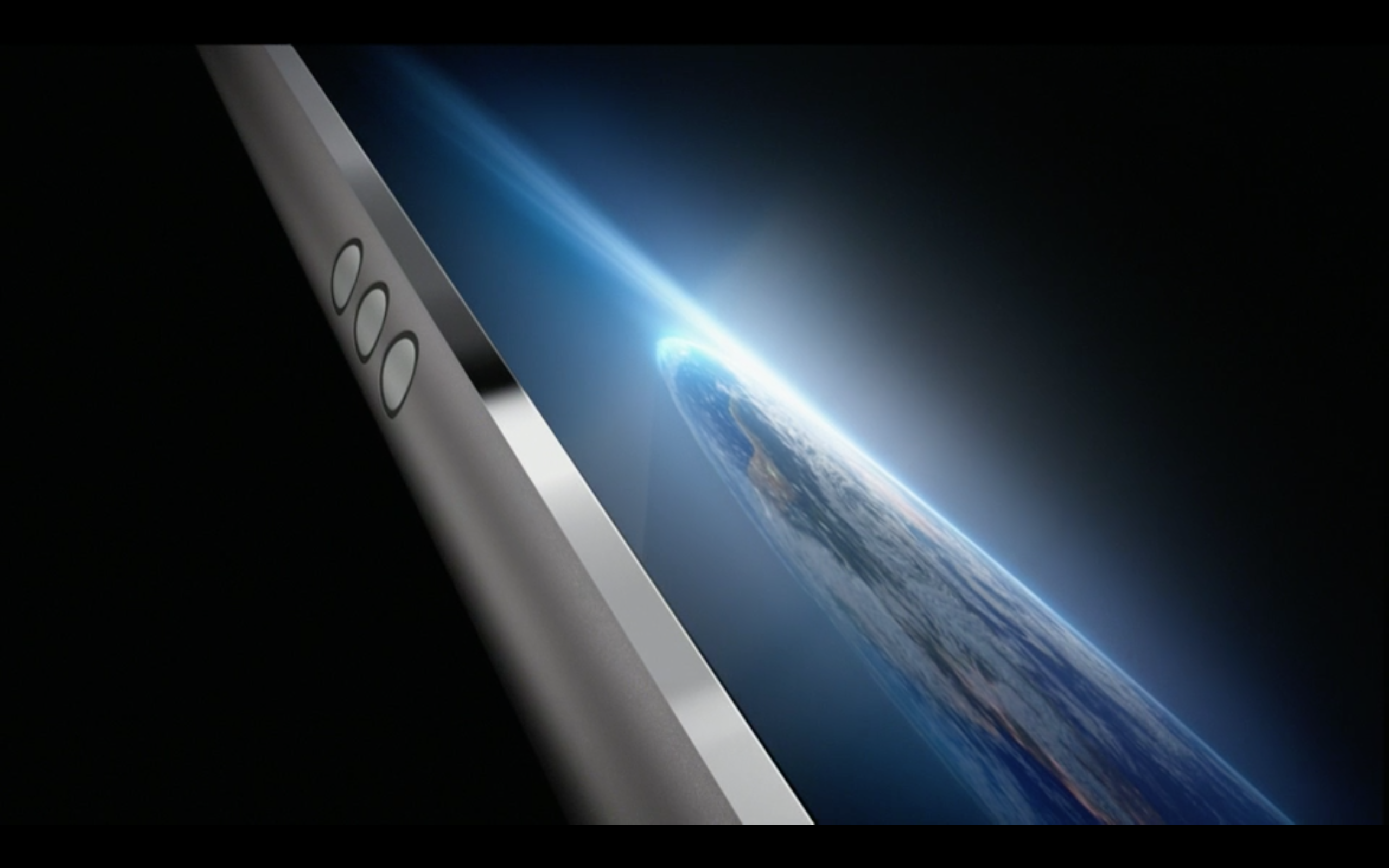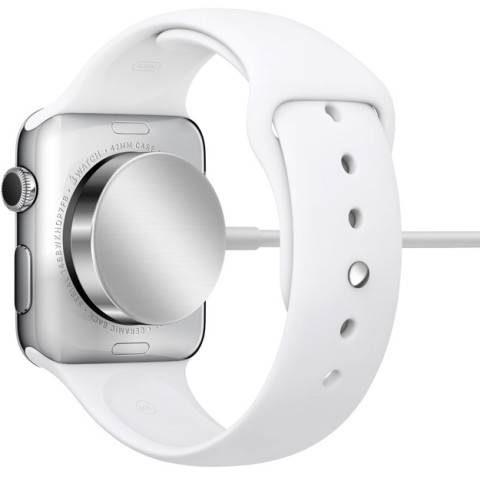Now we’re into 2016, no doubt Apple’s product designers have long since moved their attention away from 2015’s iPhone 6s, and onto next year’s models.
That means filing patents, talking to suppliers and examining the competition, all of which allows snippets of information to trickle out of Cupertino and into online rumors and end-of-year prediction pieces like this one.
So what can we expect from Apple, and particularly the iPhone in 2016?
One of the most persistent rumours (and at this stage, everything is just that) is that there will be not two but three versions of the iPhone 7. Two of those will be upgrades to the iPhone 6s and 6s Plus, but the other could see a revival of the ill-fated ‘c’ iPhone line. There’s a great deal of debate over what this third iPhone 7 might look like and what features it will have, but it’s a good bet that it will have a 4in screen, be made of metal (unlike the 5c), and be less powerful with fewer features than the 7 and 7 Plus.

- It is thought that the 5c did not sell as well as Apple had hoped
One analyst, KGI Securities’ Ming-Chi Kuo, believes the new iPhone will essentially be an upgrade of the iPhone 5s, with a 4in screen, but also featuring the Apple A9 system-on-a-chip that debuted on the iPhone 6s. However, if that analyst is right, it won’t include 3D Touch. The idea, which seems plausible, is the 7c, or iPhone 7 mini as some have suggested it’ll be called, will be marketed as a budget iPhone, replacing the 5s as an option at the bottom end of the iPhone range. It’s also thought the iPhone 7c will launch earlier in the year than the expected September debut of the 7 and 7 Plus, though this would be a big departure from Apple.
What of the iPhone 7 itself? Perhaps the most intriguing possibility is that it will feature a wrap-around screen. As The Week notes, Apple filed a patent at the end of September for a screen that includes ‘sidewall displays.’ That could pave the way for a wraparound screen, though Apple files thousands of patents and not all of them make it into any of its products.
It’s more likely that Apple would like to maximize the size of the screen. One of the obstacles to that is the Home button, which takes up significant space at the bottom of the front surface. It’s prompted some to suggest the next iPhone will see the removal of the Home button, with its features incorporated elsewhere. However, that would leave the TouchID sensor without a home. Putting it on the side would seem to be out of the question because it’s too thin, and the rear surface would be cumbersome. Could the TouchID sensor be incorporated in the screen? Possibly, but there’s been little indication that such a technology exists or is being developed.
Organic LED
Still on the screen, there’s been much speculation that Apple will switch from backlit-LCD to organic LED, but it seems to be wishful thinking for the iPhone 7. Key iPhone suppliers are already preparing to manufacture LCD screens on the kind of scale that leaves no doubt as to their destination.
The composition of the screen may change, however. Apple has long been expected to replace the Gorilla Glass on the iPhone’s screen with sapphire. It hasn’t happened yet, but as analyst Gene Munster told clients in October, ‘Since Apple now uses sapphire on the Apple Watch, it could make sense for them to adapt it to the phone.’
Sapphire is tougher even than Gorilla Glass, and so better at resisting scuffs and scratches. However, it’s also harder to produce, and when it does break, it shatters rather than cracks.
Other possibilities for the iPhone 7 include wireless charging and a switch from Qualcomm to Intel for chip fabrication. And yes, it will more than likely be even thinner than the iPhone 6s.
As in previous years, the launch of the iPhone 7 is likely to be accompanied by a new version of iOS. Next year it will be iOS 10. While it’s still very early in its development cycle, there are a few features already being speculated upon. One of these is a new Home app, similar to the Health app in iOS 8 and 9. Just as Health acts as a hub for HealthKit data, Home will do the same for HomeKit. It will allow users to view and control all HomeKit devices by room from within the app.
iCloud Voicemail is another evolution tipped for iOS 10. The idea is that whenever individuals are unable to take a call, Siri will answer in their place. Siri will tell callers they’re unable to take the call and where they are, and it will then ask them to leave a message. Once they’ve left the message, it will be transcribed and displayed on the iPhone’s screen.
iOS 10
It’s also possible that iOS 10 will allow users to see a contact’s availability status, following a patent recently granted to Apple. The patent describes a method for requesting the status of another phone remotely and passing it back to an app. It could include the location of the phone, and whether or not it’s in use, has a signal, or is in Airplane mode.
With no iPad Air launch in 2015, 2016 could be a make or break year for Apple’s 10in tablet. Apple may be waiting to see how successful the iPad Pro is before deciding on an upgrade to the Air, or it may just be focusing resources on the 12.9in tablet for the moment. Given the price of the Pro, however, and the gap between it and the iPad mini in both dollar terms and features, it would be a big surprise indeed if we don’t see a new iPad Air next year.


